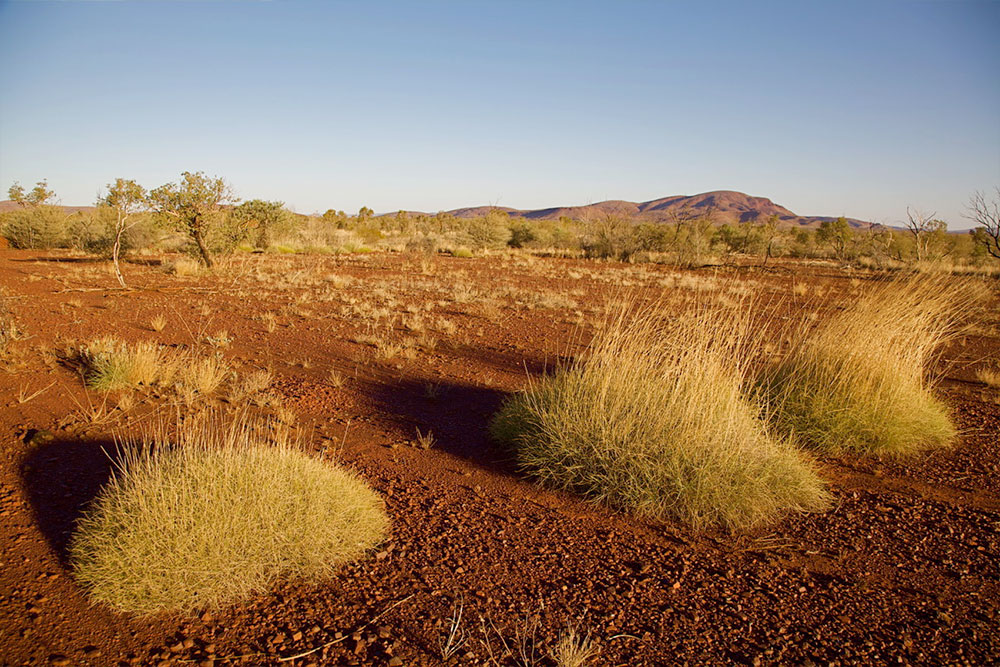PORTFOLIO
WESTAUSTRALIAS NATIONAL PARKS
1. Crossing the Red Desert - Karijini National Park, Pilbara
Bubbling streams and shady forests in the desert of Western Australia - Karijini National Park is one of the driest landscapes on earth. Once a year it becomes a sea of flowers.
Fascinating gorges, streams and forests criss-cross the red dust of the Pilbara. When land rose from the sea three billion years ago, there was no organic life. Astrobiologists want to find out how and when it emerged. Quolls have suffered greatly from the spread of cane toads, and research is set to change that. Western Australia is almost like a desert, dry, but as soon as heavy rain falls, a sea of flowers spreads out. Botanists are investigating how the plant seeds survive the dry season. Trees provide a refuge for snakes and are an extraordinary habitat in one of the oldest landscapes on earth.
2. Among crocodiles - THE MITCHELL-RIVER NATIONAL PARK
Mitchell_River National Park is inside of the land that belongs to the Aborigines. Their ancestors entrusted it to them. They honour their heritage with fires, traditional songs and dances.
Vast outback, red rocks and blazing heat: Western Australia's bizarre landscape presents living creatures with harsh conditions. The Kimberleys belong to the Aborigines, the Wunambaal-Gaambera people. They use their ancestral knowledge to control devastating wildfires. The Mitchell_River National Park is located in Aboriginal country. With the knowledge and protection of their ancestors, they get devastating wildfires under control. Wandjina creator spirits, painted on rock faces, watch them. They mean everything to the Aborigines. Family gatherings are called "Corroborrees" by the Aborigines and are a mixture of dance, remembrance of the ancestors and feasting. Cathy, the eldest of a family, tells the story of Wungurr, the rainbow snake. And Miles tries to protect the wild freshwater crocodiles from highly poisonous toads by training them.
3. THE WALPOLE WILDERNESS
Rivers, lakes and forests all the way to the ocean: the Walpole Wilderness is biologically unique. Western Australia's biggest dizzy lives here: the "Queen of Sheba". The calls of the Carnabie cockatoos can be heard everywhere. Analysing their DNA brings amazing things to light. The 20 metre high Red Tingles eucalypts are also astonishing. Their highly flammable oils make them susceptible to fire. Some plants can even benefit from a fire. Wood is food for many animals. Termites chew up fallen trees. And where there are termites, there are also numbats. Their population is just as endangered as that of the honey possums.
Three Episods
ARTE



